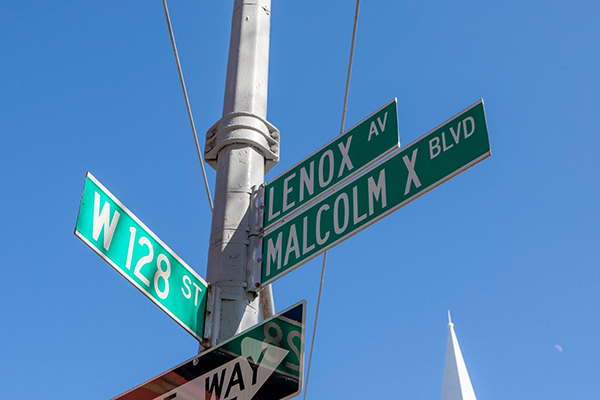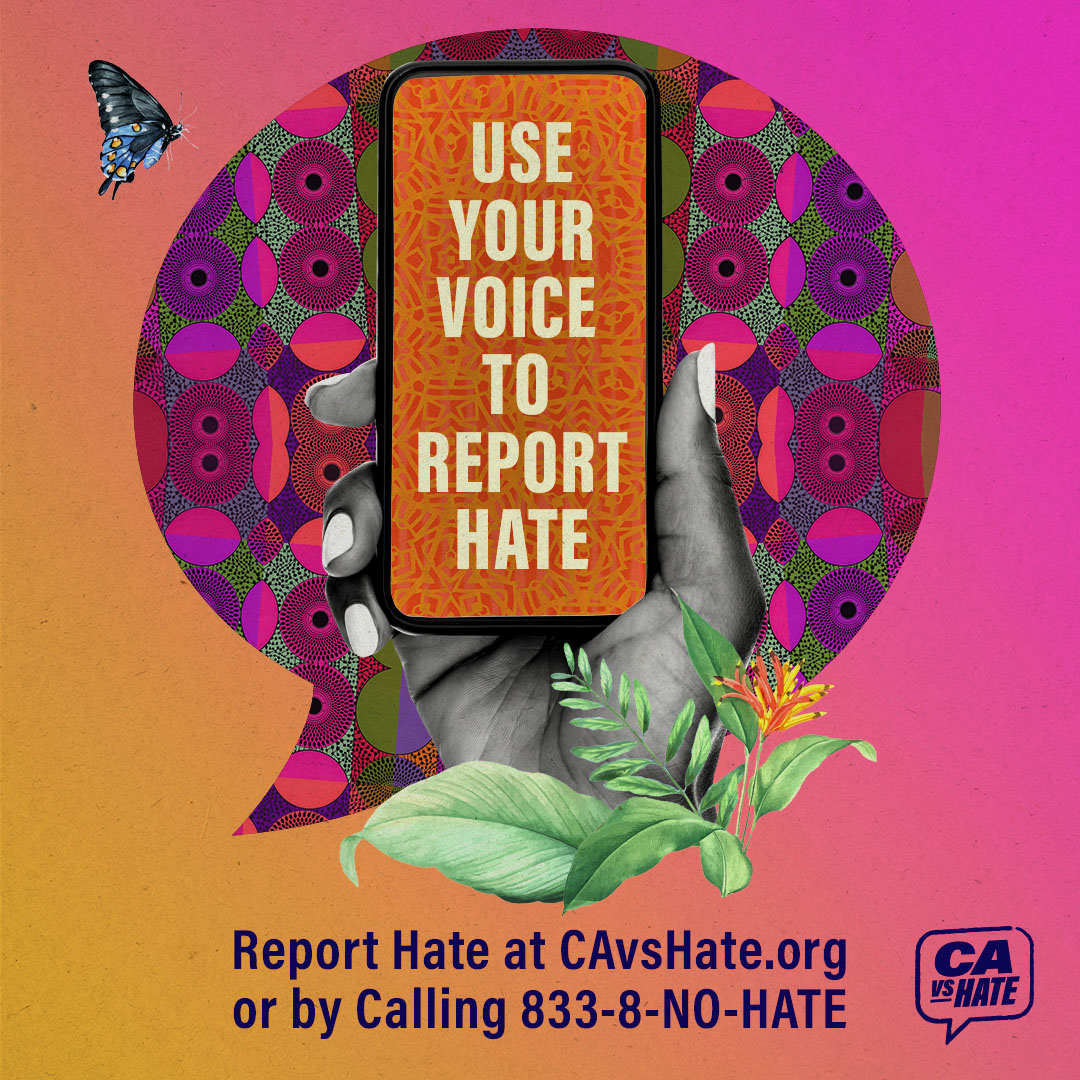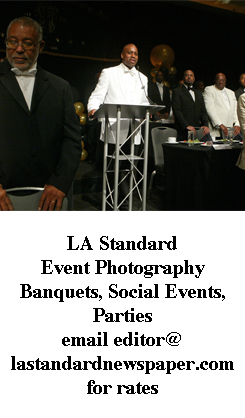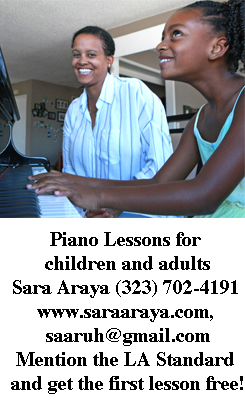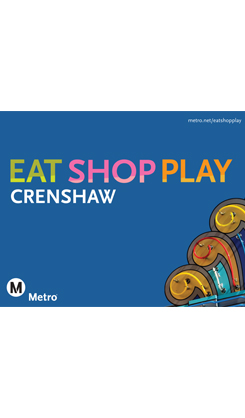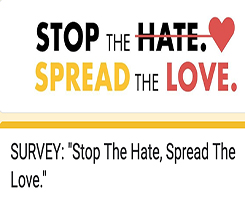There have been movements for decades to add Malcolm X’s name to a street in Los Angeles’ Black community. FA-MLI, Inc.’s plan is to add Malcolm X’s name to Crenshaw Boulevard.
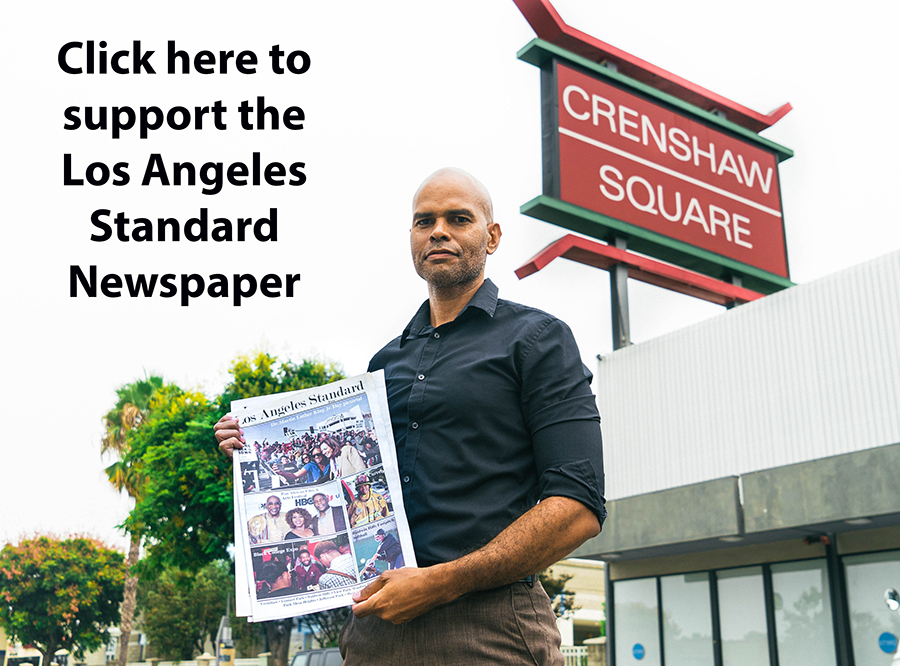
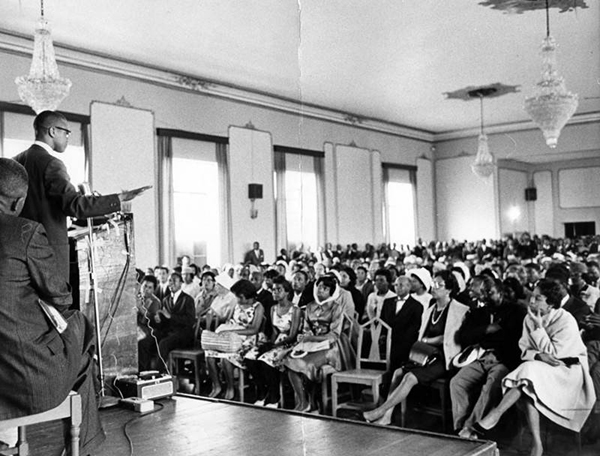
Malcolm X’s civil rights era protests brought him to Los Angeles often, but there is not a street here that signifies his presence.
“Malcolm X was here in Los Angeles quite frequently,” said Torrence Brannon-Reese, founding director and board member of FA-MLI, Inc. “He helped to build Mosque #27 back in the late ‘50s/early ‘60s. And in 1962, Ronald Stokes, who was the secretary of the mosque here, was murdered by the LAPD under Mayor (Samuel) Yorty. Malcolm X came here and gave a famous speech at the Second Baptist Church. In that speech he articulated some of the things that we’re still talking about today.”
To honor the civil rights icon, Brannon-Reese began efforts in 1994 to co-name Crenshaw Boulevard “Malcolm X Boulevard.” There have also been other groups who have made similar efforts over the years. Community activists Earl Hutchinson and Najee Ali have proposed to rename a portion of Vernon Avenue after Malcolm X. Brannon-Reese’s plan would be to add the co-name on Crenshaw Boulevard from the 10 freeway down to 79th Street, which is the border of Inglewood. If the plan is approved, the next step would be to approach the city of Inglewood to have the co-name run through that city as well.
“It’s closer to being done than ever before,” he said.
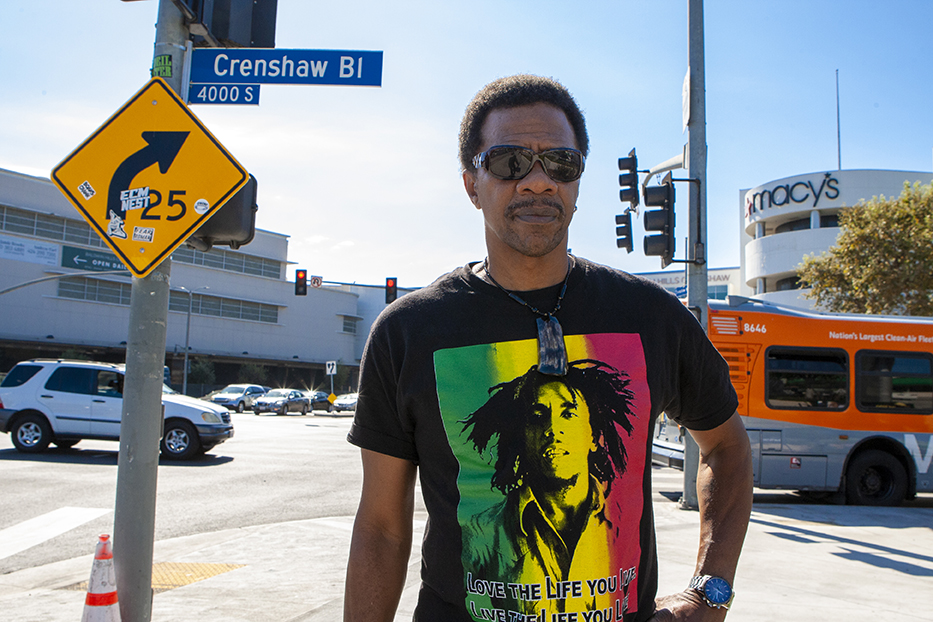
Renaming a street can be difficult for various reasons, such as the street passing through multiple council districts and cities, and people would have to take on the hassle and expense of changing their address. But when co-naming a street, just like in Harlem, New York, where Lenox Avenue was co-named Malcolm X Boulevard, those issues are not as relevant.
“We’re co-naming so it’s a little different than a renaming,” Brannon-Reese said. “A lot of the rules and regulations that are required for a renaming do not actually apply. For example, people don’t have to change their address. They don’t have to call it Malcolm X Boulevard officially. The post office will honor both names, as was done in Harlem.”
If this plan comes to fruition, Malcolm X Boulevard would cross both Martin Luther King Jr. Boulevard and Barack Obama Boulevard, and it would run alongside Destination Crenshaw, which will be an outdoor museum of Black culture.
“When we look at our community, and we look at the gentrification that’s going on, many Black folks feel like they don’t have a stake in the game,” Brannon-Reese said. “They don’t have a place to call their own. We don’t really have an identity that clearly identifies who we are and what we stand for. In Malcolm X we find a figure that codifies all of the things that we say that we are. We’re a proud people that want to know our history; that have a thirst for our history and culture; that are proud of our heritage. We think around that name Malcolm X, not only would it physically put a stamp on the community as a place where Black people reside, it would also stand as a symbol against injustice, and it would be a symbol that would stand for equality, equity, and inclusion.
“Even if you necessarily didn’t agree with him, you have to respect that the man stood for something above and beyond on behalf of Black folks.”
Many people may not realize that the neighborhoods that Los Angeles real estate developer George Crenshaw (and Walter Leimert) created in the early 1900s did not allow Black people to live in them. Today many people are accustomed to the name Crenshaw Boulevard, and Black people have made the street famous worldwide.
“Co-naming the street considers the sentiments of a new generation who have embraced that name,” Brannon-Reese said. “They’re embracing that name without knowing the history of it I suspect. Even though you might like how it rolls off the tongue, ‘This is the Shaw,’ you know ‘Boyz N the Hood,’ the culture that spawned that movie, and the low riders and all of that. I understand that. We’ve repurposed a lot of things. In fact, one of my heroes, John Henrik Clarke, who was a confidant of Malcolm X, he said that we have to repurpose everything that we encounter in this country, including the religion that we believe in. So it’s nothing new to do that. But we implore people to learn the history and learn who George Crenshaw and Walter Leimert were.”
Brannon-Reese also pointed out that there is a movement to rename Leimert Park as “Africatown.”
For more information and to sign the online petition, visit www.famlisoul.org.


